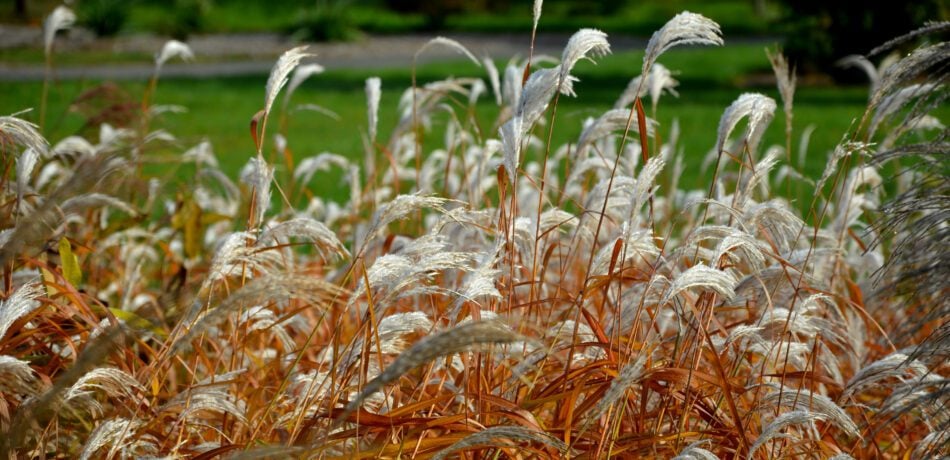For gardeners and landscapers, fall is known as the time to seed and feed your lawn. But with water becoming more scarce and restrictions being placed on property water use, what options do you have?
Having a lush, green lawn fits the picture of a perfect home but with climate changes and the cost and upkeep required to maintain a lawn, many homeowners are looking for alternatives to keep their property looking beautiful but saving their wallets and time.
We’ve got eight lawn substitutes you might love if you choose to ditch your lawn altogether or at least reduce the amount of lawn you have on your property.
- Crabgrass: You heard that right. Any gardener most likely hates crabgrass as it’s considered a weed but if you have a smaller patch of lawn why fight what’s already happening? Crabgrass will die back or go dormant during cooler months but some choose to embrace it and you won’t need to do anything but mow.
- Use Plants Native to Your Area: One of the best ways to reduce water consumption in your yard is by using native plants because they fit your area’s climate and will require less maintenance than non-native species. The National Audubon Society calls native plants “the ecological basis upon which life depends, including birds and people.” Native plants provide valuable food and shelter for butterflies, birds, and bees. Use the National Wildlife Federation’s native plant finder to choose the best plants for your region of the country.
- Xeriscaping: Say what? Xeriscaping is a landscaping technique that focuses on creating a drought-tolerant and low-maintenance yard. This approach involves selecting plants that thrive in arid conditions and using mulch and rocks to cover bare soil, reducing water evaporation. Xeriscaping can significantly reduce your water bill and save you time on lawn care.
- Ground Covers: Ground covers are an excellent grass alternative that not only conserves water but also requires minimal maintenance. Options like creeping thyme, ground cover roses or sedum can provide a lush, green carpet while reducing the need for mowing and watering.
- Artificial Turf: For homeowners looking for the look and feel of a traditional lawn without the water and maintenance demands, artificial turf is a fantastic option. High-quality synthetic grass is durable, requires no watering, and stays green year-round. While the initial installation cost may be higher, you’ll save money on water bills and lawn care over time. The only thing fake turf won’t provide is the cooling sense you’ll get with other natural options.
- Ornamental Grasses: Ornamental grasses can add texture and beauty to your yard while requiring little maintenance. Varieties like fountain grass, blue fescue, and feather reed grass are drought-tolerant and can thrive in various conditions. They also provide habitat and food for birds and insects, enhancing the biodiversity of your yard.
- Clover Lawns: Clover lawns are an eco-friendly alternative to traditional grass lawns. White clover is a popular choice because it doesn’t require as much water, fertilizer, or mowing as regular grass. A benefit to clover is that it fixes nitrogen in the soil which can benefit nearby plants.
- Moss Gardens: Moss gardens are an excellent option for shady areas where grass struggles to grow. Moss is incredibly low-maintenance and stays green year-round. It can create a serene, natural look in your yard and reduce the need for watering.
Coverage options starting at $9.95 a month!
Guaranteed acceptance life insurance without medical exams, health questions, or rate increases.
Guaranteed Acceptance Life Insurance
Want more? Check out our blog, The Real Deal on Solar Panels (Hint: They’re Not Free)—What to Know
Colonial Penn is here for you!
Colonial Penn has specialized in making life insurance simple and accessible by offering it directly to consumers since 1957. Click here to learn more.





